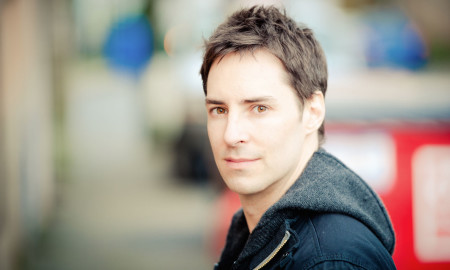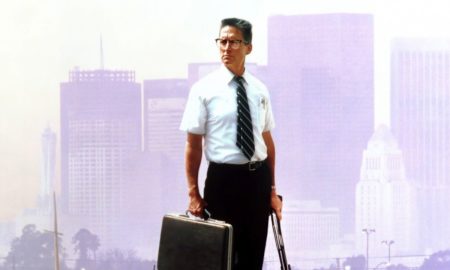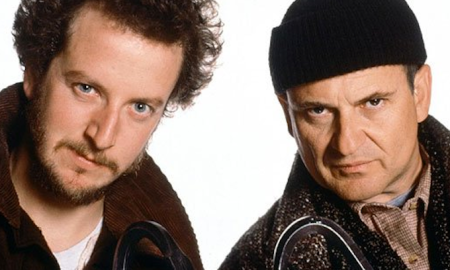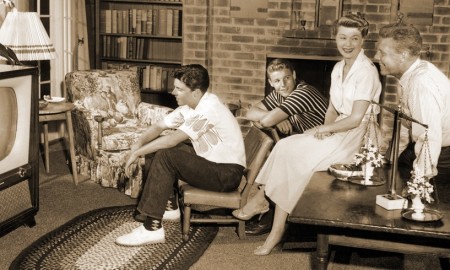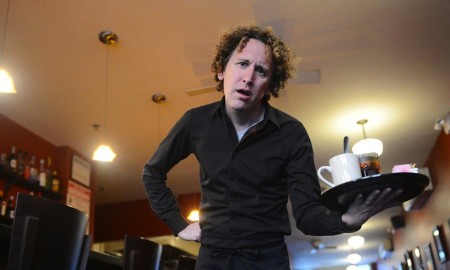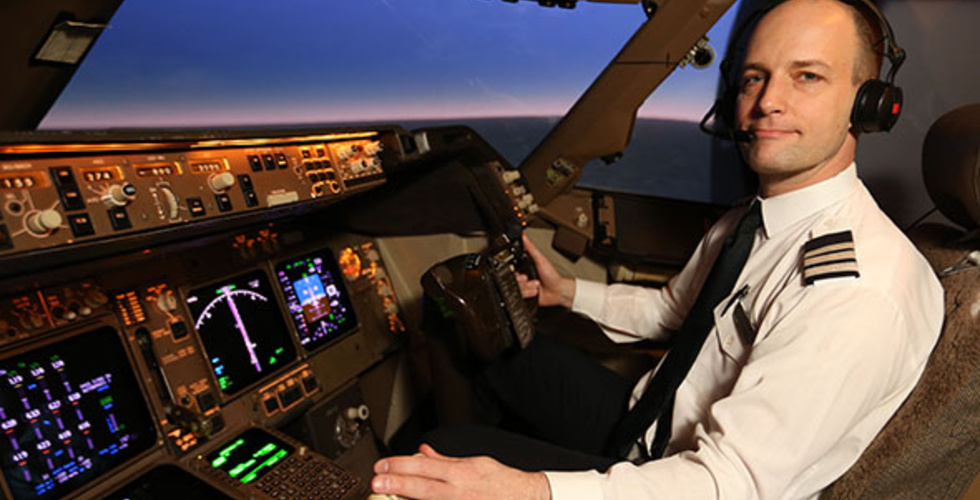

Just ask the service dog sitting next to you: Air travel is not what it used to be. We’ve had our fill of complaining about the new normal of flying, but 747 pilot Mark Vanhoenacker is going to help us reach a higher ground and aspire to a more spiritually uplifting plane.
His book, Skyfaring: A Journey with a Pilot, is a literate, first-hand recounting of the miracle at 30,000 feet; it will make you feel like a flying virgin, touched for the very first time, when the lift-off and landing transported you in every sense of the word (and the world). The human experience of flight transcends the hellish hassle and frees you from the confines of Spaceship Earth.
We talked to Mark about his book, about what we forgot to remember about the flying experience, and how we can keep it real up in the feels:
As children, many of us dream of growing up to be pilots. You, however, actually became one! What motivated you to make it happen?
To me, the idea of becoming a pilot was like an idea of becoming an astronaut. I didn’t know how people became pilots. I was working on a PhD, which I never finished, and I had to fly to Nairobi. I was really struck by how interested I was in the flight there.
As a writer, you probably see the world as a pilot in the way a typical pilot may not. Is there a marked difference in your aviation career because of your writing background?
I think that all pilots are really closet romantics. We’re all pretty amazed by our jobs and the things we see. It’s not really the [pilot] culture to put it into words, but I think we are all reacting to it in the same way. After I landed, I would make notes about the previous flight. I would think about things that maybe wouldn’t have occurred to me if I wasn’t aware that I would be writing it down. The act of writing makes things more apparent than they may have been previously.
You mention in your book that flying has become so routine for us that we tend to take it for granted. We forget what a miracle it actually is to fly through the air at high speeds.
Anything that you do that is extraordinary, if you do it often enough, becomes ordinary by definition. It’s easy to forget how amazing it is, but I am also struck by the physical shape of airplanes and how beautiful they are, especially from the ground. You see their potential. Flying has been a dream forever, and a 747 is literally a dream come true.
We may take it for granted, and yet we are still fascinated with the cockpit and the majesty of the machine parked on the ground.
I’m always amazed at how kids – and adults too – are looking at planes through terminal windows. You see all kinds of people taking selfies with the plane they are about to fly on.
The way you describe your experiences in flight allows us to see that we’re not just flying, but we’re flying.
Even the phrase “lifting the soul” has the word “lifting” there. There is something so literal about the wonder of flight. It’s built into our language, and even into some people’s religious views. Flying is often seen as a divine experience; we are looking out at the world in a way that we wouldn’t otherwise.
With the book, in some ways, the material writes itself. It’s not like I was trying to convince people to love spiders. The material is so potent.
You say that people often ask you the same questions, which you enjoy answering. One of those questions: “Have you ever seen a UFO up there?” Have you?
No, but you see some pretty whacked out stuff. You see the Northern Lights that go on for hours and hours. Also St. Elmo’s Fire, which are like fingers of static that move like lightning over the windows. You see stars in a way that you have never seen them. If you’re interested in the wonder of the sky, and the archetypes that have been around forever, the cockpit is pretty fertile ground for that.
With all of the traveling that you do, how do you deal with jet lag?
Actually, you often don’t stay anywhere long enough to [adjust to the time zone], to local time. In some ways, it’s not actually jetlag that is the problem, but the longer we stay, the more we stay on local time.
The other big challenge is just being able to sleep. For example, if you are a passenger, you will have a normal day and then sleep on the plane, whereas I will be up the whole night. So my goal is to get some sleep in the afternoon. So I would try to get two or three hours of sleep before I left. And that can be hard if I’m not tired. Exercise is the best way to get tired. If you go out and run about four or five miles, and you come home, you’re going to fall asleep. You end up tricking [yourself] to get sleep before you need it.
You fly a Boeing 747. How would you describe it?
It’s bigger than most planes. For me, the attraction is that it looks good and it’s iconic. It’s the airplane that you never need to tell people any more about. It’s the plane that changed the world, really. It made the possibility of long-haul travel real to the middle-class in the Seventies. It’s a flying icon.
Would you have liked to have been a pilot in the days of Mad Men?
I’m a big fan of Mad Men. I was obviously very taken with those aviation scenes. For many of those characters back then, it was already becoming routine. Only a small portion of the country traveled by airplane back then, but it was already becoming a fact of life. I love when Don Draper arrives in LA and he is picked up by his wife, in that California light. I would have loved to have flown from New York to California in the Fifties or Sixties, that sense of going to a booming city on a far coast and you get there in a day. I would have been very happy to do that.
Have we gone as far as we can go with airplanes? Where are the George Jetson flying cars?
I think the basic shape of an airplane is not going to change very much. It’s been long tubes with wings for quite a while now. But the inside – and what they are made of – is changing all the time. The main driver of that is fuel efficiency — new technology engines are available that are more efficient. Airplanes with much bigger windows can only be possible because the plane itself is made of different materials.
Flying is a kind of freedom, but because it’s your job, is it a freedom for you?
It does feel like a kind of freedom. When I’m waiting in line at the post office or the supermarket, I know that in a few hours, I am going to be over the open ocean, looking at a blue sky. It’s a pretty freeing feeling.
Come fly with Mark here.
Send him a snap of the view from your window seat. Others have done this and the gallery is amazing. Dig: http://www.skyfaring.com/gallery




